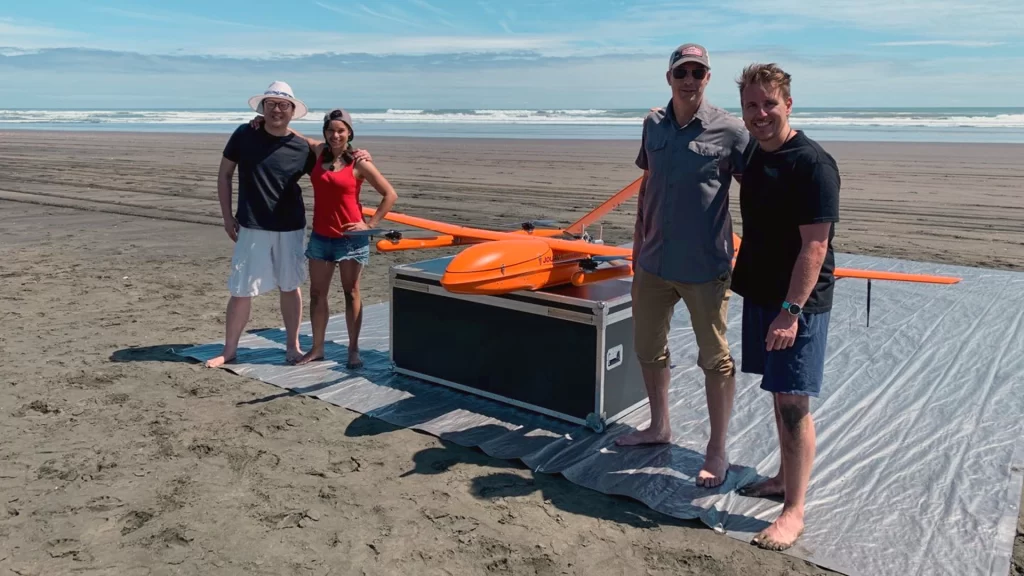The article is about the use of AI-powered drones to study the endangered Māui dolphins in New Zealand. The not-for-profit group MAUI63 is behind the initiative to gather data and information about these dolphins to support their conservation.
- MAUI63 plans to make its learnings and technology available to people working with other marine species, such as a potential project in Antarctica with the European Union Environmental Council.
- The use of AI and drones is an innovative solution to support the conservation of Māui dolphins and provides hope for a better understanding of these species.
Introduction
Māui dolphins are one of the world’s rarest marine mammals and are on the brink of extinction. With a population of only 54, the small and elusive dolphins have been challenging to study and protect. However, a not-for-profit group called MAUI63 is using cutting-edge technology to change that. The group is using AI-equipped drones to gather critical data and insights on the dolphins’ behavior and habitat.
Background on Māui Dolphins
Māui dolphins are an important part of New Zealand’s ecological and spiritual heritage. These fast-moving creatures are found off the coast of the North Island and are considered a taonga (treasure) by the Māori people. Despite their cultural significance, very little is known about Māui dolphins, especially during the winter months when weather conditions make it difficult to study them.
The Solution: AI-Powered Drones

MAUI63’s co-founders believe they have found the solution to studying Māui dolphins – AI-powered drones. The drone is equipped with advanced computer vision models and cameras that can find, track, and identify individual dolphins efficiently. The goal is to gain a better understanding of these creatures, particularly during the winter months, and support their conservation.
The Development of the AI-Powered Drones
The development of the AI-powered drone was a multi-year effort that involved testing and fundraising. Tane van der Boon, one of the co-founders, had to teach himself how to build a computer vision model for Māui dolphins. He spent countless hours tagging images from internet footage to train the model. The team also had to gain specialist qualifications to fly the drone, which has a 4.5-meter wingspan, out to sea.

The solution uses an 8K ultra high-definition still camera and a full HD gimbal camera, combined with an object detection model, to spot dolphins. Hosted on Microsoft Azure, the drone gathers data to identify individual animals by their dorsal fins, scratches, and other unique markings. The development of the solution was supported by New Zealand’s Cloud and AI Country plan and Microsoft Philanthropies ANZ.
Māui dolphins hold a special significance for many indigenous Māori — they are considered to be kaitiaki (guardians) that helped guide the waka (canoes) of their ancestors when they first came to Aotearoa hundreds of years ago.

Environmental scientist Dr. Aroha Spinks says protecting them is essential to increasing the mauri, or life force, of the environment. “From a Māori point of view — which is also backed up by science — the health of the environment affects the health and wellbeing of the people,” she says.
Conclusion
The use of AI and drones to study endangered Māui dolphins is an innovative solution that offers hope for the future of these creatures. The same technology can be applied to study other species fighting for survival in the world’s oceans. With a better understanding of Māui dolphins, there is potential to protect them from near extinction and preserve their important place in New Zealand’s heritage.
(Copy Right @ India CSR)
(Source)







